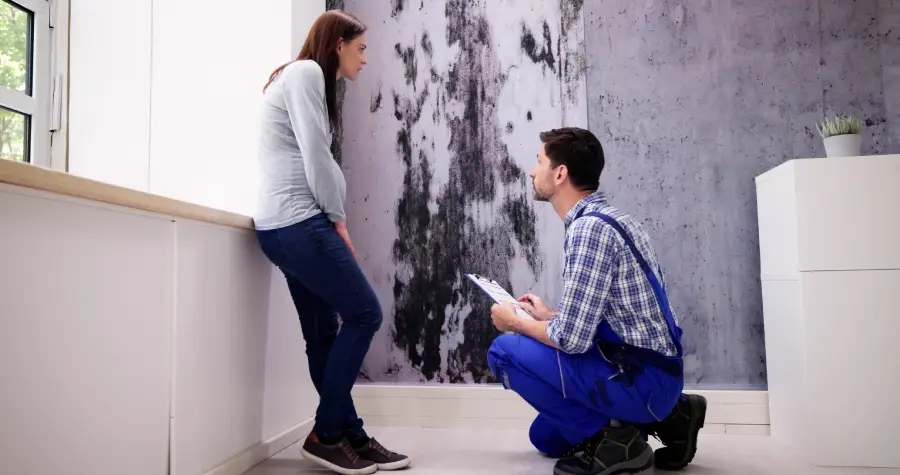The Process of Evaluating and Addressing Flood Impact
Water damage can be a severe issue for any property, often leading to costly repairs and health hazards. Understanding how professionals assess this damage is crucial for effective remediation. Experts evaluate the extent and source of water intrusion to form an action plan. By doing so, they ensure that all affected areas are addressed, reducing future risks. A thorough inspection identifies hidden problems and helps in planning necessary steps for complete restoration.

Initial Inspection and Evaluation
Professionals start by conducting a detailed visual inspection. This step involves identifying visible signs of water intrusion, such as stains or buckling floors. Using moisture meters, they measure dampness levels in walls and floors. This stage is critical for developing an accurate plan for water damage remediation. Identifying the water source helps prevent further issues.
Classification of Water Damage
Experts classify water damage into categories based on contamination level and the situation’s complexity. Category 1 involves clean water from broken pipes or rainwater. Category 2 includes gray water with some contaminants, like dishwasher overflow. Lastly, category 3 is black water, highly contaminated with harmful pathogens. Proper classification guides the remediation process effectively.

Determining the Extent of Damage
Once classified, professionals determine the scope of damage. They assess how far the moisture has traveled within the structure. This step includes checking behind walls and under flooring, often with specialized equipment like infrared cameras. Accurate assessment ensures proper water damage remediation, addressing issues before they worsen.
Developing a Comprehensive Remediation Plan
Creating a remediation plan follows the damage assessment. This plan outlines steps to restore the property safely and efficiently. It includes drying out structures, removing damaged materials, and disinfecting affected areas. The plan prioritizes tasks based on urgency and severity, ensuring all critical areas receive attention promptly.
Executing the Remediation Process
- Drying: Use high-powered fans and dehumidifiers to remove moisture.
- Removal: Strip away unsalvageable materials like soaked carpets or drywall.
- Cleaning: Employ antimicrobial treatments to eliminate bacteria and mold spores.
- Restoration: Repair or replace damaged components to return the home to its original state.
Addressing Mold Concerns
Mold growth is a common consequence of water damage if not handled swiftly. After initial cleanup, professionals closely monitor humidity levels to prevent mold spores from spreading. Regular testing during and after the remediation process ensures indoor air quality remains safe for occupants.
The Importance of Timely Action
Time is vital when dealing with water damage. Delays can lead to more extensive damage and higher repair costs. Prompt professional intervention reduces these risks significantly. Homeowners benefit from quick response times as it limits structural damage and prevents potential health hazards due to prolonged exposure.
Your Partner in Restoration Services
For comprehensive solutions, contact us at (857) 340-6276. Our skilled team in Revere, MA provides expert service tailored to your needs. At Spring Hill Environmental, we specialize in restoring properties efficiently and effectively, ensuring long-term satisfaction with our services.
